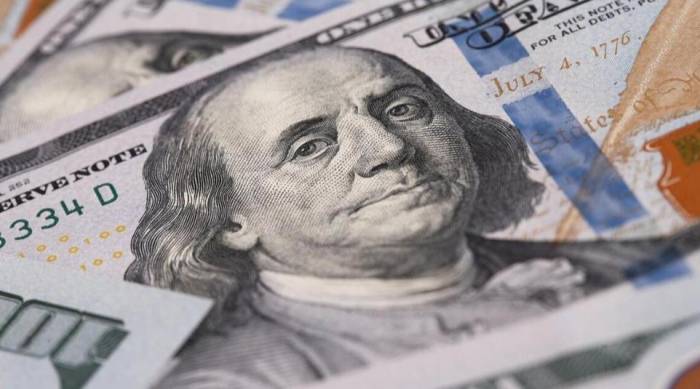U.S. Rate Cut Eve: Sino-U.S. Financial Tensions Rise
In the complex web of global finance, the United States has long wielded significant influence, often dictating terms that resonate far beyond its own borders. However, recent shifts in economic policies and strategies have begun to alter the landscape of international finance, marking what can only be described as a new era of competition and co-operation. With the current U.S. debt hovering over $35 trillion, the challenge for the American economy only seems to intensify. The series of interest rate hikes, once seen as a tool for attracting foreign investment and stabilizing the dollar, appears to be backfiring, leading to a slew of complications that reverberate across the globe.
This financial chess game has seen China emerge with unexpected strategies that have confounded U.S. expectations. By opting not to follow the U.S. lead in its monetary policy, China has effectively destabilized the traditional balance of power. Instead of escalating interest rates in response to America's moves, China has utilized a combination of macroeconomic controls aimed at stabilizing its currency and ensuring consistent growth. Through initiatives like the Belt and Road, China has not only fortified its foreign reserves but also extended its economic reach globally, fostering ties with countries that feel the strain of U.S. dominance.
Advertisement
The implications of this shift are profound. For example, China’s investments in technology and manufacturing have started to bear fruit. In sectors such as electric vehicles, high-speed rail, and 5G technologies, China has carved out a leadership position in the global market. This stands in stark contrast to the U.S., where many companies, particularly in the tech sector, face financial constraints that threaten their survival. As banks collapse and credit lines tighten, America is grappling with the ramifications of its own policies which, while intended to recover its economy, have created rifts within it. Small and medium enterprises are particularly vulnerable, struggling under the weight of high borrowing costs.
On a broader scale, the U.S. approach has sparked detrimental effects in emerging markets as well. The allure of higher returns from U.S. investments has drawn capital away from these nations, causing their currencies to depreciate and economic stability to falter. Countries that once relied on steady growth now find themselves hiking interest rates, further impeding their economic expansion in a cycle of self-perpetuating crisis.
China's response to these global economic shifts highlights its intent to reinforce its position on the world stage. Through strategic partnerships and investment in initiatives that bolster infrastructure in developing regions, Beijing has not only mitigated the effects of U.S. monetary policies but has also enhanced its image as a global leader. Countries that benefit from projects under the Belt and Road Initiative are finding new avenues for development and economic resilience, fostering a sense of interdependence that contrasts sharply with the unilateral approach often adopted by the U.S.
This unfolding narrative reveals the vulnerabilities not just of the American economy, but of its entire financial system. The instability evident in markets and institutions as they react to policy changes and external pressures underscores the need for a reconsideration of strategies. Financial regulators find themselves at a crossroads, contemplating revisions to their approaches in light of growing public skepticism and the specter of a larger crisis lurking in the shadows.
As this pivotal moment in global finance unfolds, it usher in a realization that unilateral actions may no longer reign supreme as the world shifts towards more integrated approaches to economic management. The interplay between China and the U.S., once thought of as a clear dichotomy, is morphing into a more intricate dance where cooperation might prove essential. Both nations must navigate this increasingly treacherous terrain with a delicate balance of interests that acknowledges the interconnectedness of all economies.
Indeed, the future of global markets will be shaped significantly by the policies and decisions of major world powers. The lessons learned from the ongoing financial skirmish call for a rethinking of long-held beliefs regarding protectionism and isolationism. The prospect of sustainable economic growth lies not in a race to the bottom or a retreat into nationalistic policies, but rather in fostering collaborative mechanisms that can address shared challenges.
In conclusion, what we currently observe is not merely a conflict between two nations, but a broader signal of change within the international economic order. The choices that lie ahead for both the U.S. and China will have profound implications, not just for them, but also for countless economies around the globe. The evolution of this financial conflict will inevitably influence policy, investment decisions, and economic strategies worldwide. As nations reconsider their positions, dialogues that embrace inclusivity and diverse perspectives may pave the way to durable solutions—one that resonates through the corridors of power from Wall Street to Beijing.

Post Comment